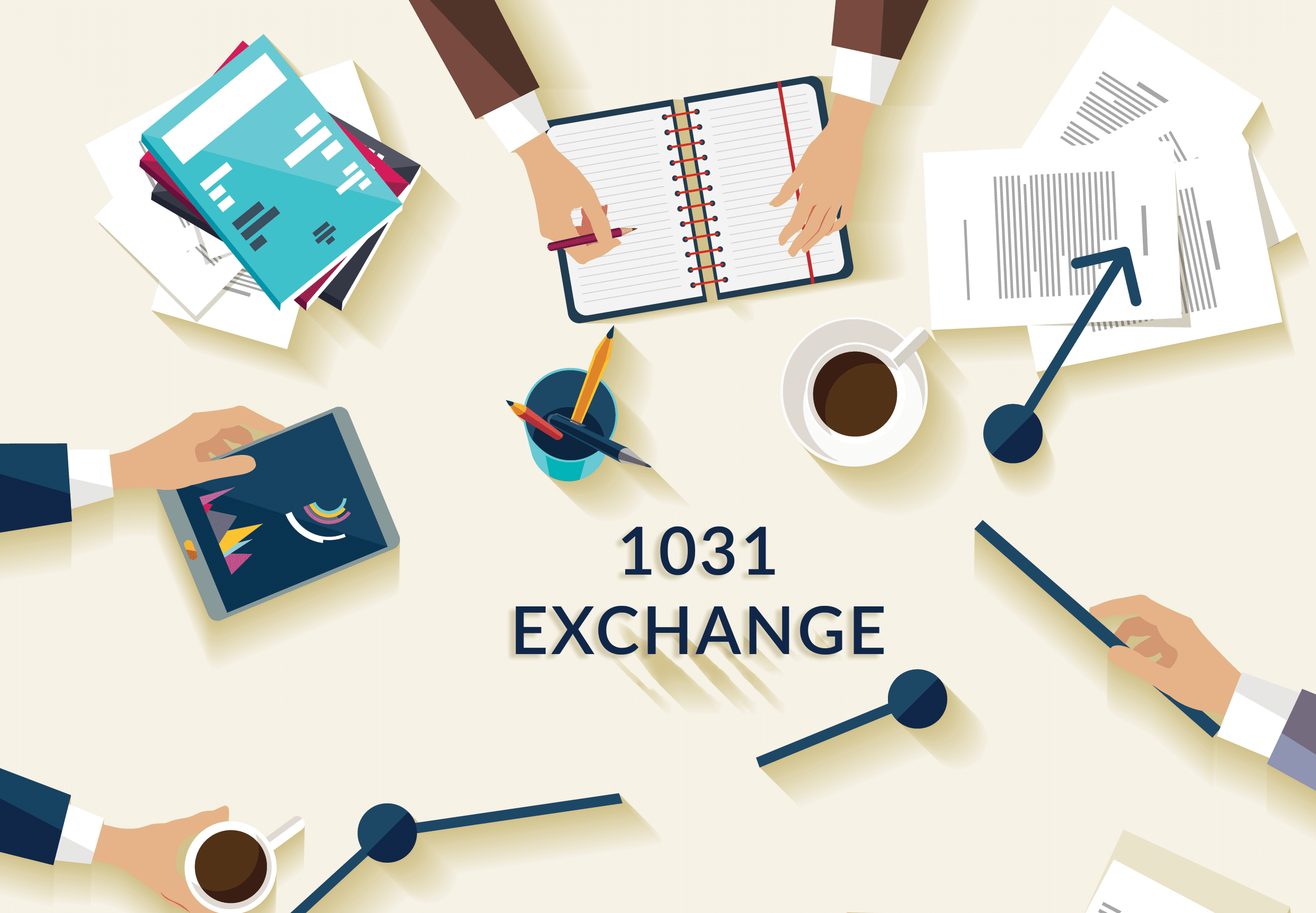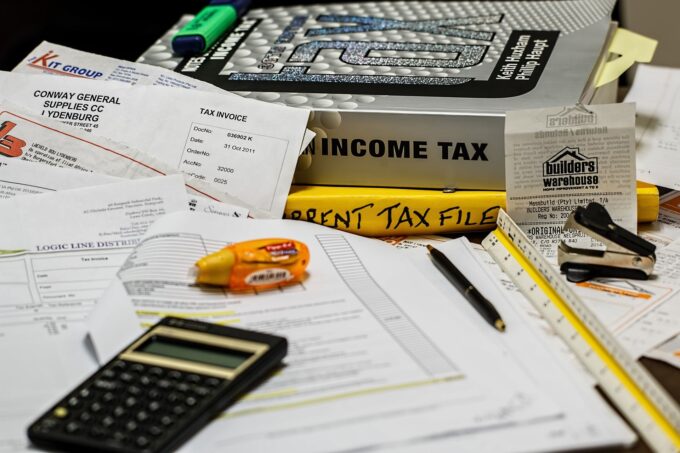Accredited investors view the 1031 exchange from a dual perspective, recognizing it as a tax break while also appreciating its potential for acquiring new properties. For novice investors interested in simultaneously selling and purchasing properties, the 1031 exchange presents an attractive option. It is a widely used investment strategy where 1031 exchange process or real estate professional sells a property and reinvests the proceeds into another property of the same or like-kind.
Through this process, they can defer the payment of capital gains tax. However, it’s important to note that the 1031 exchange is a complex undertaking with various rules and regulations.
Essential Information about the 1031 Exchange

Let’s start by understanding the basics. The term “1031 exchange” refers to Section 1031 of the United States Internal Revenue Code, which outlines the law and requirements for like-kind transactions. According to this section, if an individual sells an investment property and reinvests the profits in the purchase of another property of similar value, they can defer tax payments.
Typically, when a property is sold, the proceeds are subject to taxation. To take advantage of the 1031 exchange, the profits must be first transferred to a qualified intermediary who will hold the funds during the exchange process. The intermediary will then facilitate the communication between the parties involved in the transaction. A qualified intermediary is an independent person or company that holds the funds temporarily and is unrelated to the property exchange.
Timing Is Key: Adhering to Strict Deadlines
One crucial aspect of the 1031 exchange is adhering to strict time frames. Within 45 days of selling the relinquished property, investors must identify a replacement property. The entire exchange process, including the purchase of the replacement property, must be completed within 180 days. Timing is crucial to ensure compliance and a smooth exchange process.
Tax Implications: Understanding the Long-Term Effects
While the 1031 exchange allows for the deferral of capital gains tax, it’s essential to understand the potential tax implications in the future. When the replacement property is eventually sold, the deferred taxes will become due. Investors should consult with tax professionals to develop long-term tax planning strategies to optimize the benefits of the exchange.
Exchange Expenses: Assessing the Financial Feasibility
Investors must consider the expenses associated with the 1031 exchange process. Qualified intermediaries play a crucial role in facilitating the exchange and charge fees for their services. Additionally, legal and transaction costs may be incurred. Understanding these expenses upfront allows investors to assess the financial feasibility of the exchange and make informed decisions.
Evaluating Market Conditions: Assessing the Opportunity

Market conditions play a significant role in the success of a 1031 exchange. Investors should evaluate real estate markets to determine if it’s an opportune time to sell the relinquished property and acquire the replacement property. Consulting with real estate professionals and market experts can provide valuable insights for making informed decisions and maximizing return on investment.
Exploring Alternative Strategies
While the 1031 exchange is a powerful investment tool, it’s worth exploring alternative strategies for tax-efficient real estate investments. Delaware Statutory Trusts (DSTs) and Opportunity Zones offer unique tax advantages and diversification opportunities. Considering these alternatives alongside the 1031 exchange can expand investment options and potentially enhance returns.
Further Insights on the 1031 Exchange

Is the 1031 exchange applicable and profitable in all situations? Here are some scenarios where the 1031 exchange proves advantageous:
- Accredited investors seeking properties with better return prospects and looking to diversify their asset portfolio.
- Real estate professionals aim to consolidate their assets into a single property, often as part of estate planning.
- Investors searching for pre-managed properties, avoiding the need for personal management and associated expenses.
However, it’s important to acknowledge the risks associated with the 1031 exchange. If a replacement property cannot be identified within 45 days or the entire process is not completed within 180 days, the exchange may fail. Additionally, unexpected actions from the seller could disrupt the process.
Understanding Like-Kind Property
The 1031 exchange is commonly referred to as a like-kind exchange, emphasizing the key clause for its implementation. In the realm of real estate, there is a wide range of properties that can be considered exchangeable under this clause. To fully benefit from the 1031
exchange, the properties involved in the exchange must be considered like-kind. The replacement property should have equal or greater value compared to the property being sold. Identification of the replacement property must occur within 45 days of selling the previous property, and the entire exchange process must be completed within 180 days. Several associated rules, such as the Three Property Rule, 200% Rule, and 95% Rule, govern the successful execution of the 1031 exchange.
Expert Guidance: Partnering with Qualified Professionals

Given the complexity of the 1031 exchange process, it is highly recommended to seek the expertise of qualified professionals. Experienced 1031 exchange intermediaries, tax advisors, and real estate professionals can guide investors through the intricacies of the exchange, ensuring compliance with regulations and maximizing the benefits. These professionals can provide valuable insights, help navigate potential challenges, and offer strategies for optimizing the exchange to align with investors’ specific goals.
Ongoing Compliance: Staying Informed and Adapting to Changes
The regulations surrounding the 1031 exchange are subject to updates and modifications. It is crucial for investors to stay informed about any changes in tax laws or regulations that may impact the exchange process. Adapting to these changes ensures ongoing compliance and allows investors to make informed decisions in light of evolving market conditions and tax considerations.
Mitigating Risks: Proper Due Diligence and Property Evaluation
While the 1031 exchange offers significant benefits, it is not without risks. Investors must conduct thorough due diligence and property evaluations to mitigate risks associated with the exchange. This includes evaluating the financial stability of the replacement property, conducting property inspections, and assessing market trends and potential risks. Proper risk management practices contribute to a successful exchange and safeguard investors’ interests.
Final Thoughts
The 1031 exchange presents lucrative opportunities, especially for accredited investors. However, it should not be viewed as a means to avoid tax payments on property sales. The complexity of the rules and provisions involved requires careful consideration. One significant benefit of the 1031 exchange is that heirs who inherit a property through a 1031 exchange can enjoy a step-up in property value, and any deferred taxes are eliminated. To maximize the benefits of this policy and expand your real estate portfolio effectively, it is advisable to consult with experienced 1031 exchange experts.











